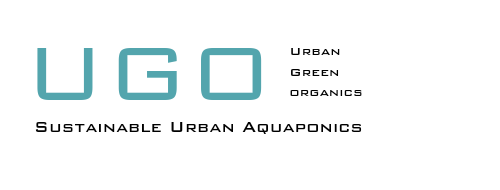Introduction
As urban areas continue to grow, the need for sustainable farming solutions becomes increasingly important. Urban farming offers a practical and efficient way to produce fresh food while minimizing the environmental impact. In this blog post, we will explore the various sustainable farming solutions available for urban locations.
Rooftop Gardens
One innovative solution for urban farming is the use of rooftop gardens. By utilizing the available space on rooftops, urban dwellers can grow a variety of crops, including vegetables, herbs, and even small fruits. Rooftop gardens not only provide fresh produce, but they also help to reduce the urban heat island effect by absorbing sunlight and providing insulation. Additionally, rooftop gardens can improve air quality by capturing carbon dioxide and releasing oxygen.
Vertical Farming
Vertical farming is another sustainable farming solution that is gaining popularity in urban areas. This method involves growing crops in vertically stacked layers, using hydroponics or aeroponics systems. By maximizing the use of vertical space, vertical farms can produce a large quantity of food in a small footprint. This technology also allows for year-round production, regardless of the climate or season. Vertical farming reduces the need for transportation and minimizes water usage, making it an environmentally friendly option for urban farming.
Aquaponics
Aquaponics is a sustainable farming method that combines aquaculture (fish farming) with hydroponics (growing plants in water). In an aquaponics system, the waste produced by the fish is converted into nutrients for the plants, while the plants filter the water for the fish. This symbiotic relationship creates a closed-loop system that requires less water and eliminates the need for chemical fertilizers. Aquaponics can be implemented in urban locations, both indoors and outdoors, making it a versatile and efficient solution for urban farming.
Community Gardens
Community gardens are a great way to promote sustainable farming in urban areas while fostering a sense of community. These gardens are typically shared spaces where individuals or groups can grow their own food. Community gardens provide numerous benefits, such as increased access to fresh produce, educational opportunities, and social interaction. They also help to beautify urban spaces and improve the overall well-being of the community.
Conclusion
Sustainable farming solutions are crucial for ensuring food security and reducing the environmental impact of urban areas. Rooftop gardens, vertical farming, aquaponics, and community gardens are just a few examples of the innovative methods that can be implemented in urban locations. By embracing these sustainable farming practices, we can create a more resilient and sustainable food system for future generations.
